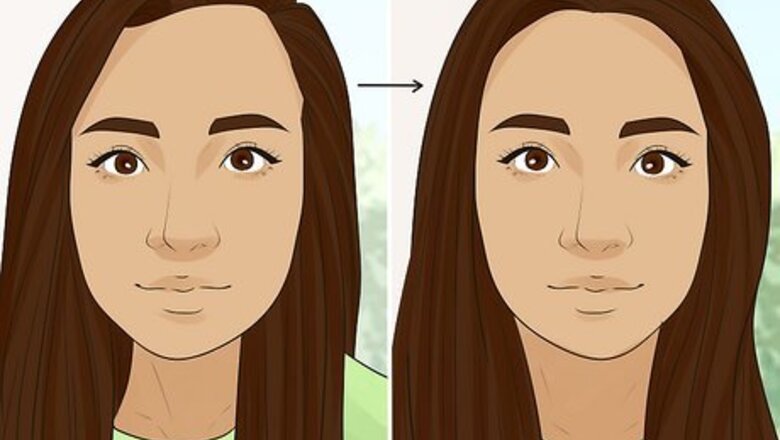
views
- Switch your part to the opposite side to hide thin patches in the front and along the hairline.
- Blow-dry your hair with a round brush and use hair thickening products to create volume and fullness.
- Try wearing a hair topper or clip-in bang extensions for effective and natural-looking results.
Disguising Thinning Hair in the Front
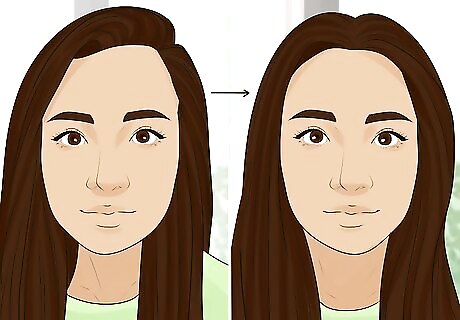
Change up your part. Switching your part to the opposite side can help to disguise thin patches in the front, especially if you create a deep, sweeping side part. Changing up your part can also give you a little lift and volume at the roots since the hair isn’t used to laying flat in that direction. Try to start the part at the thickest area of your hairline so it doesn’t emphasize thinner spots.
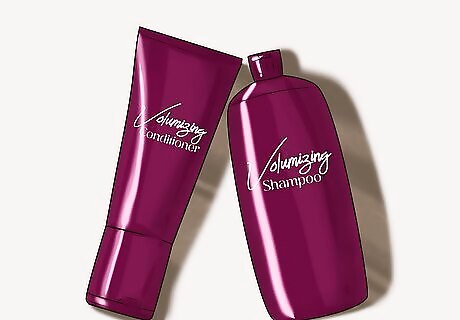
Add volume with hair thickening products. Using a volumizing shampoo and conditioner each time you wash your hair can help to create the illusion of fullness. Spritzing thickening spray on your hair before styling it can also work wonders for volume. Look for products with vitamins such as fatty acids, ferritin, and biotin to encourage new hair growth.
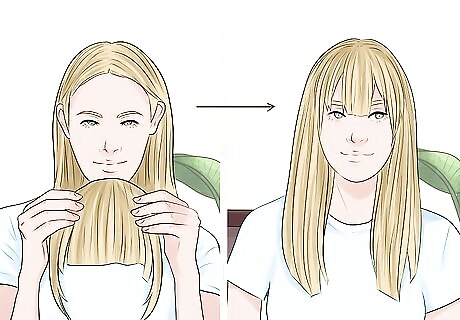
Try out a hair topper or clip-in bang extensions. There are so many hair toppers (also known as wiglets) on the market today that look natural and can disguise a thinning hairline effectively. Lace front toppers are a great option and create a natural look. A clip-in hair topper can add volume and coverage on the top of your head and along your parting, and clip-in bangs can disguise a receding hairline. Play around with a few different styles until you find something that works for you.
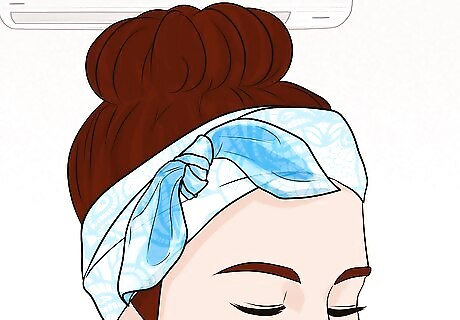
Use hair accessories like scarves and headbands. If you’re in a hurry and need a solution fast, consider wearing a stylish hat, a patterned scarf, a colorful wrap, or a large fabric headband to cover the thinning areas. Just remember to choose accessories made of softer fabrics like silk to prevent additional damage at your hairline.
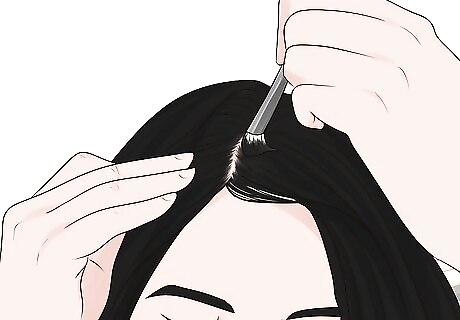
Apply a root concealer product. If your hair is thinning and starting to go gray, try a root concealer spray or powder to touch up the roots of your receding hairline. Choose a root concealer product that matches your current hair color as closely as possible. Use a light touch during application! You can always add more if you need to.

Ask your stylist for a shorter cut and soft, face-framing layers. Longer hair tends to weigh hair down which can highlight thinning hair in the front and on top. Taking some length off the ends can help your hair look more full. Getting soft layers around your face will also create the illusion of fullness.
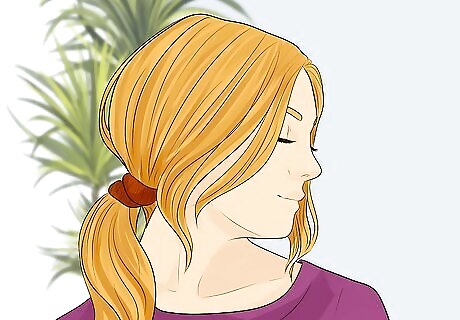
Wear your hair loose rather than pulling it back. Tight styles, like high ponytails and braids, tend to accentuate a thinning hairline and can also break hair off at the root (causing additional damage and more hair loss). Try to wear your hair down when you can and, when you have to pull it back, go with a low bun or loose, low ponytail.
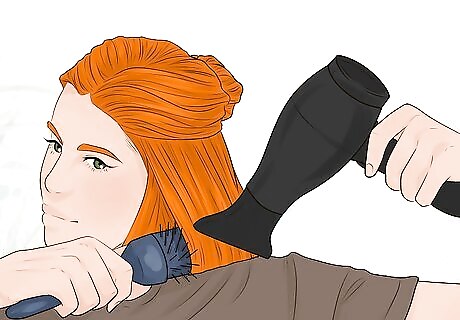
Blow-dry your hair with a round brush to create volume. It’s a good idea to limit heat styling as much as possible to prevent additional damage and breakage, but it’s tough to avoid it completely. When you do need to blow-dry your hair, use a round brush to shape it and create a fuller look in the front. To minimize damage, use the lowest heat setting on your blowdryer.
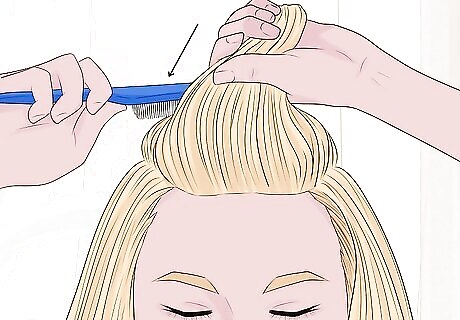
Tease your bangs at the root for volumizing lift. If you already have bangs, use a comb to gently tease them close to your scalp to create a fuller appearance at the hairline. Add a light spritz of volumizing hairspray to set your bangs in place all day.
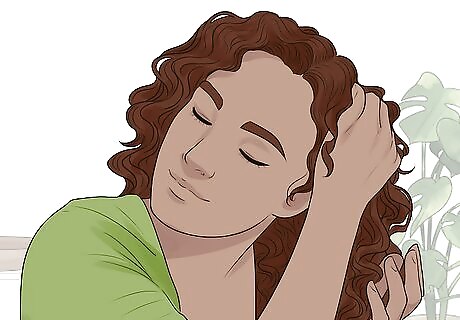
Embrace and enhance your natural curls. If you’re lucky enough to have a lovely head of curls, use them to your advantage! Scrunch in volumizing hair products to add fullness and volume all over your head.
Encouraging New Hair Growth
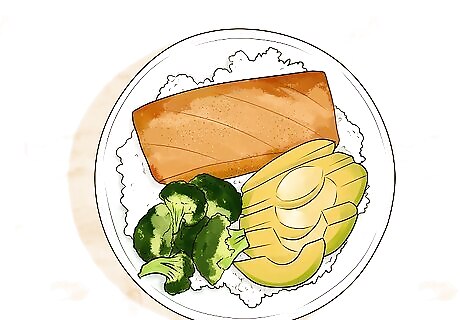
Eat a well-balanced and healthy diet. To promote healthy hair follicles, choose nutrient-dense foods with plenty of vitamins, biotin, protein, and antioxidants. You can't go wrong with fresh produce, lean proteins, and whole grains. If you’re struggling to get these nutrients through food, taking biotin and folic acid supplements may help to grow and thicken hair. Omega-3 and omega-6 supplements may also be beneficial.
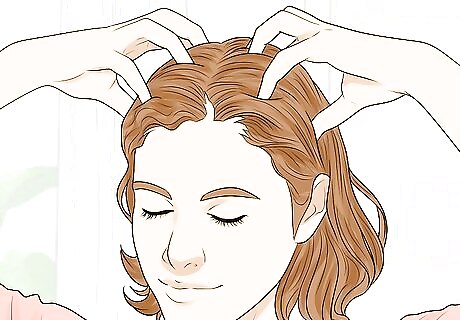
Massage your scalp daily. Giving yourself a daily scalp massage may help to boost blood circulation and stimulate hair growth. Use your fingertips to apply light to medium pressure to the affected area, moving in small circles. Aim to massage your scalp for about 5 minutes a day (massaging in the shower when you shampoo is an easy way to make this a habit). You can also get a scalp massage from a licensed massage therapist if you prefer that route.
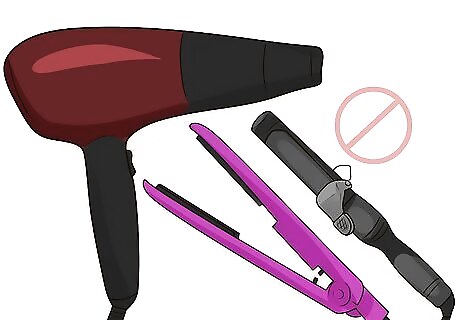
Limit or avoid the use of heat-styling tools and heavy styling products. Heat tools like blowdryers, curling irons, and flat irons can damage your hair and cause it to break off (especially if it’s already getting a bit thin and brittle), so try to keep heat-styling to a minimum. Avoid hair products with silicones, phthalates, chemicals, and heavy oils since they can clog your pores, weigh down your hair, and prevent your hair shaft from absorbing vital nutrients.
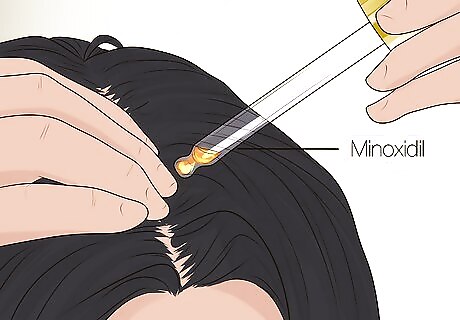
Try a topical growth treatment like Minoxidil. Minoxidil is an over-the-counter topical solution that you apply directly on your scalp where the hair is thinning to help stimulate hair growth and slow down hair loss. Be patient, though, since it may take a few months before you see results. You'll also need to use Minoxidil consistently to maintain the results. If you notice a temporary increase in hair loss in the first 2-8 weeks of treatment, don’t be alarmed–this is normal and will stop once new hair starts to grow in. Possible side effects of minoxidil include scalp irritation, itching, and dryness. If you experience symptoms, stop using minoxidil and consult a dermatologist. If you don't like the idea of using a topical solution, ask your pharmacist about minoxidil pills.
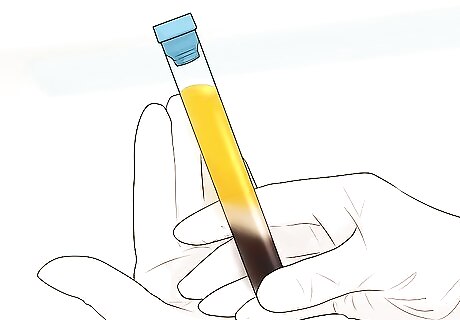
Look into medical treatments like platelet-rich plasma (PRP) therapy. In PRP therapy, a dermatologist draws your blood and separates the platelets (which are a type of blood cell). The platelets are then injected into your scalp to stimulate your cells to grow hair. The therapy is still experimental, but the research so far shows promise. You can also ask your dermatologist about other hair growth treatment options like laser therapy, corticosteroid injections, and microneedling.
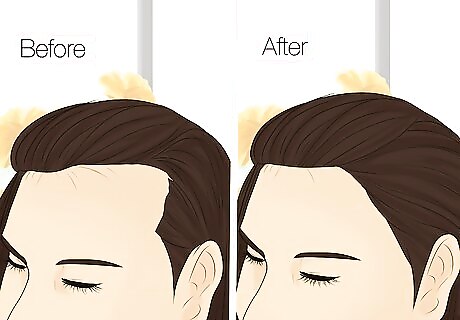
Consider hair transplant surgery for a more permanent solution. In this procedure, a surgeon removes hair follicles from the back or sides of your scalp (where the hair is denser) and then transplants them to the thinning areas. A transplant helps to restore the hairline and increase overall hair density in the treated area. Speak to a hair transplant surgeon or dermatologist to see if you’re a good candidate for a hair transplant.
Causes of Hair Thinning in Women
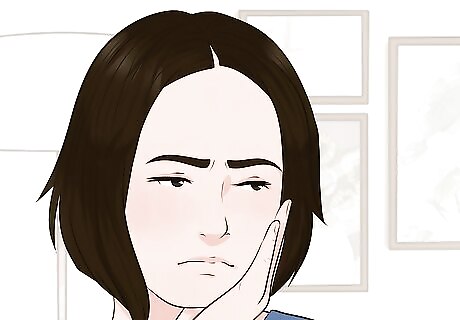
Hormones, stress, and certain medical conditions are common culprits. Hair loss in women is very common, but that doesn't make it any less distressing. Women can experience thinning hair for many reasons, and you may even be dealing with multiple causes. In most cases, women experience hair thinning in the front due to: Medical conditions (like thyroid disease) and treatments (such as chemotherapy) Hormonal changes (such as pregnancy, childbirth, or menopause) Genetic factors The onset of female pattern baldness or alopecia areata Poor blood circulation Stress
















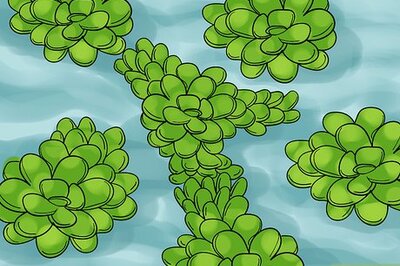

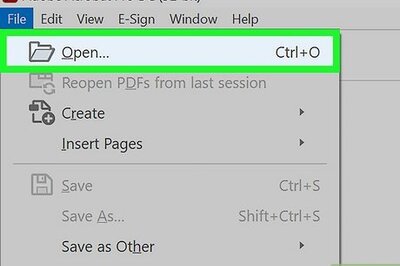
Comments
0 comment